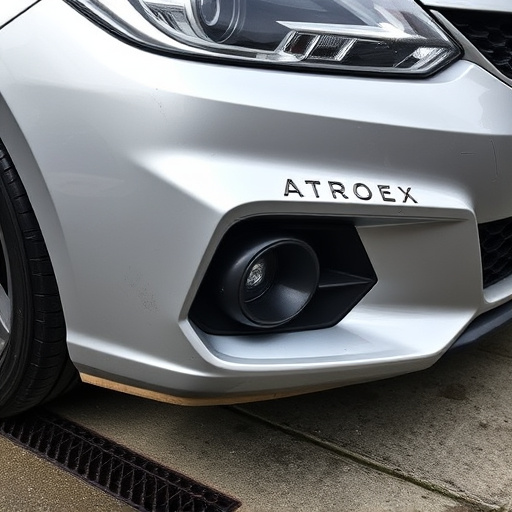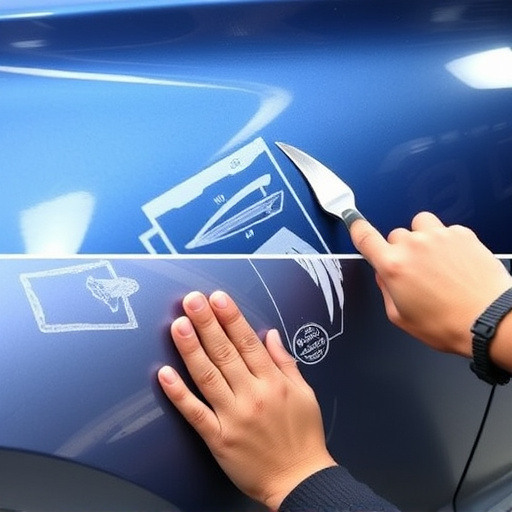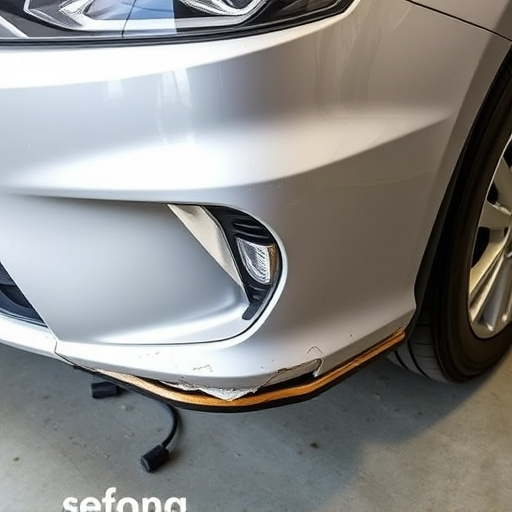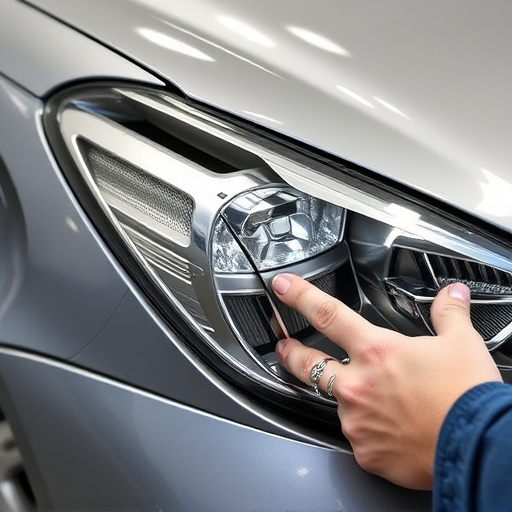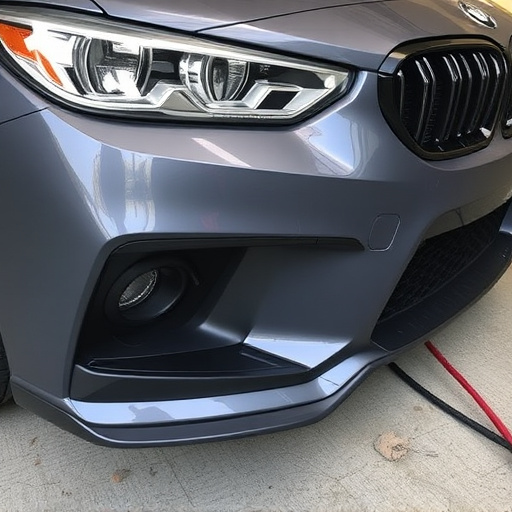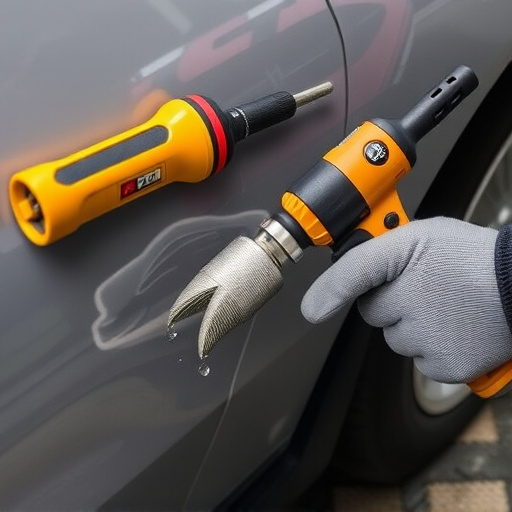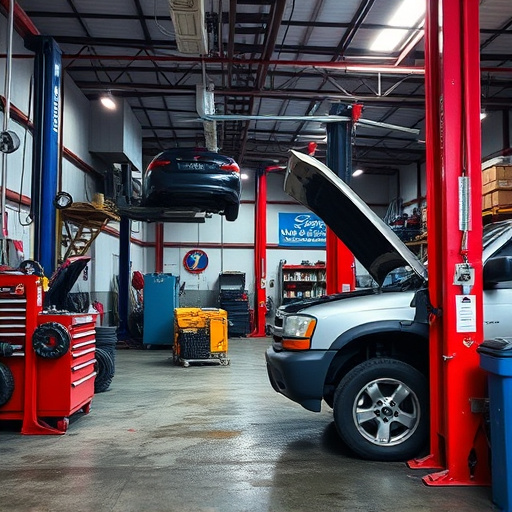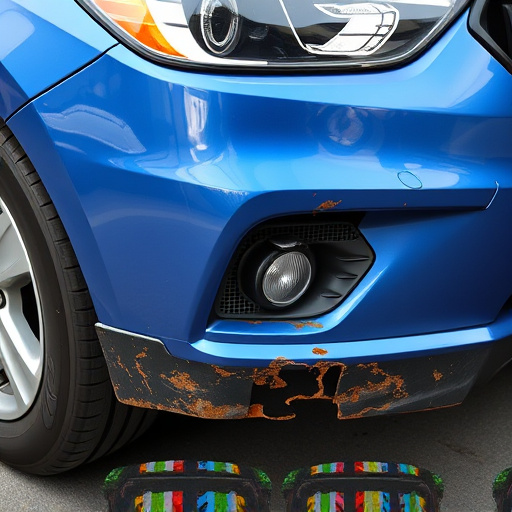Silicon bronze welding, ideal for automotive applications like collision repair, demands specialized knowledge and tools due to its unique corrosion resistance and strength. Key factors include surface preparation, specific welding rods, precise control over parameters, and safety protocols involving PPE and ventilation to achieve superior weld quality and ensure welder's safety.
Silicon bronze welding is a specialized process requiring precise tools and techniques for optimal results. Effective work in this area demands a deep understanding of the unique properties of silicon bronze and the right equipment to meet its challenges. This article explores the essential tools required for seamless joint creation, safety precautions to ensure efficient and safe work, and provides insights into the fundamental requirements of silicon bronze welding.
- Understanding Silicon Bronze Welding Requirements
- Essential Tools for Seamless Joint Creation
- Safety Precautions for Efficient and Safe Work
Understanding Silicon Bronze Welding Requirements
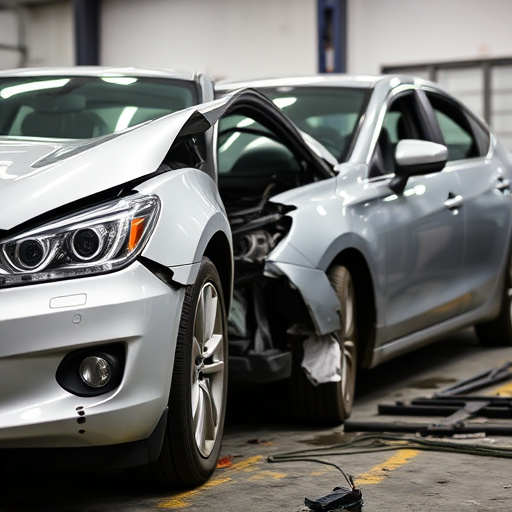
Silicon bronze welding requires a deep understanding of both the material’s unique properties and the specific application needs. This metal, often used in automotive collision repair and auto glass replacement due to its exceptional corrosion resistance and high strength-to-weight ratio, presents specific challenges during the welding process. Its tendency to deform and distort under heat demands specialized techniques and tools to ensure a strong, lasting bond without compromising the structural integrity of the component.
For successful silicon bronze welding, several critical requirements must be met. Proper cleaning and preparation of the workpiece surface is essential, as contaminants can significantly impact weld quality. Using suitable welding rods and fillers specific to silicon bronze is crucial for achieving optimal joint strength. Additionally, controlled welding parameters, including temperature and cooling rates, play a pivotal role in minimizing metallurgical changes and preventing unwanted transformations that could weaken the weld. These considerations are particularly relevant in automotive restoration projects where precision and durability are paramount.
Essential Tools for Seamless Joint Creation
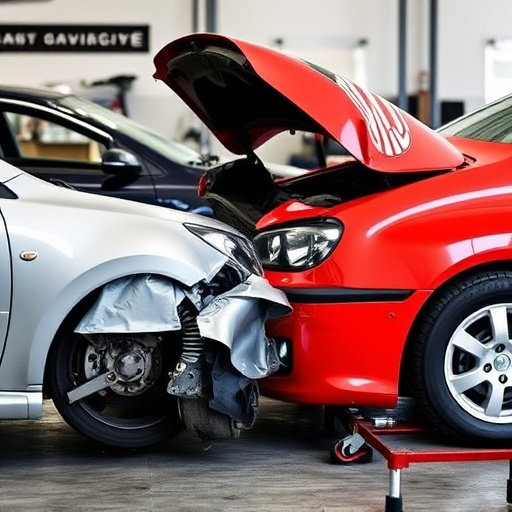
For successful silicon bronze welding, a welder needs an array of specific tools designed to ensure seamless joint creation. Firstly, a high-quality welding machine suitable for bronze is essential. This should be paired with precise welding rods and wires tailored to the metal’s properties, enabling clean and strong connections.
Additionally, proper safety gear including gloves, goggles, and protective clothing is non-negotiable. To achieve smooth finishes and eliminate unsightly dents, welders often rely on specialized tools like grinders and sanders. In industrial settings or fleet repair services, where efficiency matters, automated welding robots and advanced fume extraction systems can significantly enhance workflow, making complex jobs easier and faster, much like how automotive repair services streamline vehicle maintenance.
Safety Precautions for Efficient and Safe Work
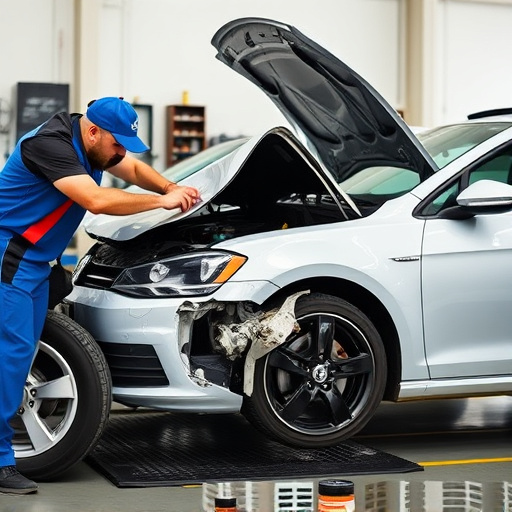
When engaging in silicon bronze welding, safety should be the top priority to ensure efficient and safe work. This includes wearing appropriate personal protective equipment (PPE), such as safety glasses to shield against sparks and vapor, gloves to protect hands from heat and debris, and a respirator to prevent inhaling harmful fumes. Proper ventilation is also crucial; ensure the workspace is well-ventilated to minimize exposure to toxic gases produced during the welding process.
In the context of automotive repair or dent repair, where silicon bronze welding might be employed for restoration or component replacement, adhering to safety protocols is even more critical. Auto repair services that incorporate these safety precautions can create a healthier work environment, reduce risks of injuries, and ultimately lead to higher-quality outcomes. Remember, safe practices not only protect the welder but also contribute to the overall success and longevity of any welding project.
Effective silicon bronze welding requires a deep understanding of its unique properties and the right tools. By mastering the techniques outlined in this article, including proper joint creation and safety measures, you’ll be well-equipped to produce high-quality, durable silicon bronze welds. Remember, the right tools and safe practices are essential for successful and efficient silicon bronze welding.
